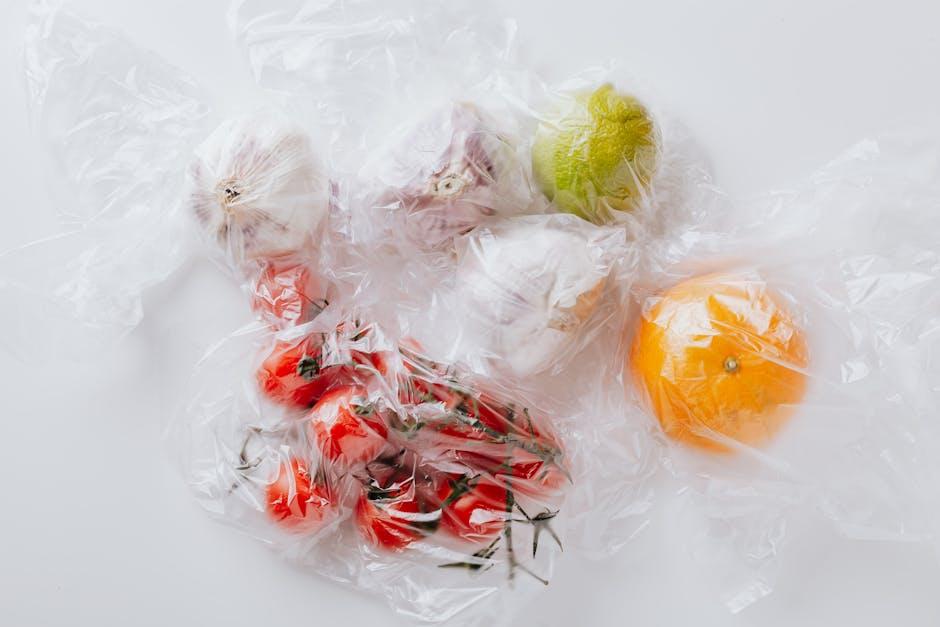In a world increasingly aware of the environmental impacts of waste, the culinary sphere is undergoing a fascinating transformation. Once merely considered scraps or byproducts, vegetable waste is stepping into the spotlight, revealing its hidden potential and inspiring innovative solutions that bridge sustainability with creativity. From colorful carrot tops to the often-discarded peels of potatoes and citrus fruits, these overlooked remnants are finding new life in imaginative ways that challenge our perceptions of what’s edible. This article delves into the vibrant realm of repurposed vegetable waste products, showcasing the inventive uses that not only reduce waste but also enhance our culinary experiences. Join us as we explore how the simple act of rethinking food byproducts can lead to flavorful dishes, eco-friendly products, and a more sustainable future.
Exploring the Benefits of Repurposing Vegetable Waste in sustainable Practices
Repurposing vegetable waste not only substantially reduces landfill contributions but also fosters a circular economy that utilizes every part of the plant. By transforming scraps from meal preparations—such as peels, cores, and stems—into valuable products, we can unlock a plethora of sustainable opportunities. As a notable example,carrot tops can be blended into vibrant pestos or used as a seasoning,while beet greens can be sautéed as a nutritious side. Benefits of such practices include:
- Waste Reduction: Less waste contributes to a healthier surroundings.
- Economic savings: By utilizing parts that may otherwise be discarded, households can save on grocery bills.
- Nutritional Enhancements: Many vegetable byproducts are rich in vitamins and minerals.
In addition, the innovation surrounding the use of vegetable scraps extends to eco-friendly packaging and biofuels. Companies are now crafting biodegradable materials from food waste, providing a green alternative to conventional plastics. Vegetable waste can also be converted to compost or used in bioenergy production, helping to mitigate greenhouse gas emissions. Consider the following table showcasing examples of innovative uses for food byproducts:
| Vegetable Waste | Repurposed Product | Environmental Impact |
|---|---|---|
| Potato Peels | Chips | reduced waste + healthy snack option |
| Onion Skins | Natural Dye | Eco-friendly dye for textiles |
| Broccoli Stems | Soup Base | Zero waste cooking |

Creative Culinary Transformations: Turning Byproducts into Gourmet Delights
In a world increasingly aware of sustainability, the culinary landscape is undergoing a delicious transformation as chefs and home cooks alike seek to minimize food waste.By reimagining the often-overlooked byproducts of vegetable preparation, we can elevate the ordinary to the remarkable. As an example,vegetable peels,typically tossed aside,can be both a nutritious snack and an ingredient in gourmet cooking. Try creating crispy vegetable peel chips by seasoning and baking them to perfection. Additionally,broccoli stems,usually discarded,can find new life in salads or slaws,adding a delightful crunch and a nutritional boost.
Herbs and leafy greens also provide amazing opportunities for innovation. instead of tossing wilted greens in the compost,consider blending them into a vibrant pesto,infused with nuts and nutritional yeast. Not only does this reduce waste, but it also delivers a unique flavor to pasta dishes and sandwiches. Another creative idea is to transform carrot tops into a zesty chimichurri sauce, perfect for drizzling over grilled meats or vegetables. Here’s a quick reference table illustrating some imaginative ways to use common vegetable byproducts:
| Vegetable Byproduct | Innovative Use |
|---|---|
| Peels | Crispy chips or stock base |
| Stems | Shredded in slaw or stir-fries |
| wilted herbs | Flavorful pestos or marinades |
| Carrot tops | Zesty chimichurri or infused oils |

innovative Environmental Solutions: Reducing Waste through Upcycling
In the quest for sustainability, upcycling has emerged as a transformative approach to tackle food waste, particularly through the creative use of vegetable byproducts. This innovative practice repurposes materials that woudl otherwise be discarded, turning them into valuable products that benefit both consumers and the environment. By reimagining the fate of vegetable waste, practitioners are finding unique applications in various sectors, from culinary arts to fashion. Here are some compelling examples:
- Vegetable Peels: Used to create gourmet chips or as natural beauty scrubs.
- Stems and Leaves: Incorporated into broths and stocks, enhancing flavors while minimizing waste.
- Seeds: Roasted and flavored as nutritious snacks or ground into flour for baking.
- Overripe Produce: Fermented to create tangy sauces or added to smoothies for nutritional boosts.
As these innovative solutions gain traction, new business models are emerging that prioritize sustainability. Startups are leading the charge by crafting eco-friendly products that promote a circular economy. As a notable example, consider the rise of upcycled meal kits that feature ingredients sourced from vegetable waste, or packaging alternatives that utilize biodegradable materials derived from food byproducts. Below is a simple table that illustrates some of these astounding innovations:
| Product | Source Material | Application |
|---|---|---|
| Fruit and Vegetable Chips | Peelings | Healthy Snacking |
| Natural Dye | Vegetable skins | Textiles and Crafting |
| Fertilizer | Kitchen Scraps | Organic Gardening |

Practical Tips for Home Cooks: How to Make the Most of Vegetable Byproducts
Maximizing the use of vegetable byproducts not only reduces waste but can add unique flavors and nutrients to your meals. One practical approach is to utilize vegetable scraps for homemade stocks and broths. Carrot peels, onion skins, and celery leaves can be simmered together with water and herbs to create a rich base for soups and stews. Additionally,remember to collect the stems of herbs such as parsley and cilantro; they pack a punch of flavor and can be added to your stock for extra depth. Here are some other ideas for repurposing common vegetable byproducts:
- Radish Greens: sauté or blend into pesto.
- broccoli Stems: Peel and chop for stir-fries.
- Potato Peels: Toss with oil and bake for crispy snacks.
- Beet Greens: Use them in salads or as a side dish.
Creating a dedicated “waste-to-flavor” station in your kitchen can enhance your cooking experiance while contributing to sustainability. Organize a container specifically for collected scraps, such as the tops of green onions or leftovers from peeling garlic. these can be grown into new herbs or used in creative salads. You can even experiment with a compost bin, converting vegetable scraps into nutritious soil for your garden. The following table showcases some innovative methods to transform waste into culinary treasures:
| Vegetable Scraps | Creative Uses |
|---|---|
| Onion Skins | Add natural color to stocks or soups. |
| Bell Pepper Stems | Chop finely for salsas or salads. |
| Zucchini ends | Grate into batters or muffins for moisture. |
Future Outlook
In a world where sustainability is becoming increasingly essential, the transformation of vegetable waste into innovative products highlights the remarkable potential of our food byproducts.As we’ve explored,these repurposed materials are not just a means of reducing waste; they pave the way for creativity in industries ranging from culinary arts to eco-friendly packaging. By embracing the concept of circular economies, we’re not only supporting environmental stewardship but also opening doors to new entrepreneurial ventures and healthier lifestyles.
As we move forward, let us be inspired by the ingenuity that flows from our kitchens and fields. The next time you peel a carrot or chop a zucchini, remember that there’s more to these vegetables than meets the eye. By harnessing the value in our unwanted scraps, we take a step not only towards waste reduction but also towards a future where every ingredient has a purpose. Together, we can cultivate a greener planet—one repurposed vegetable at a time.




